March to Magdala. The Abyssinian War of 1868.
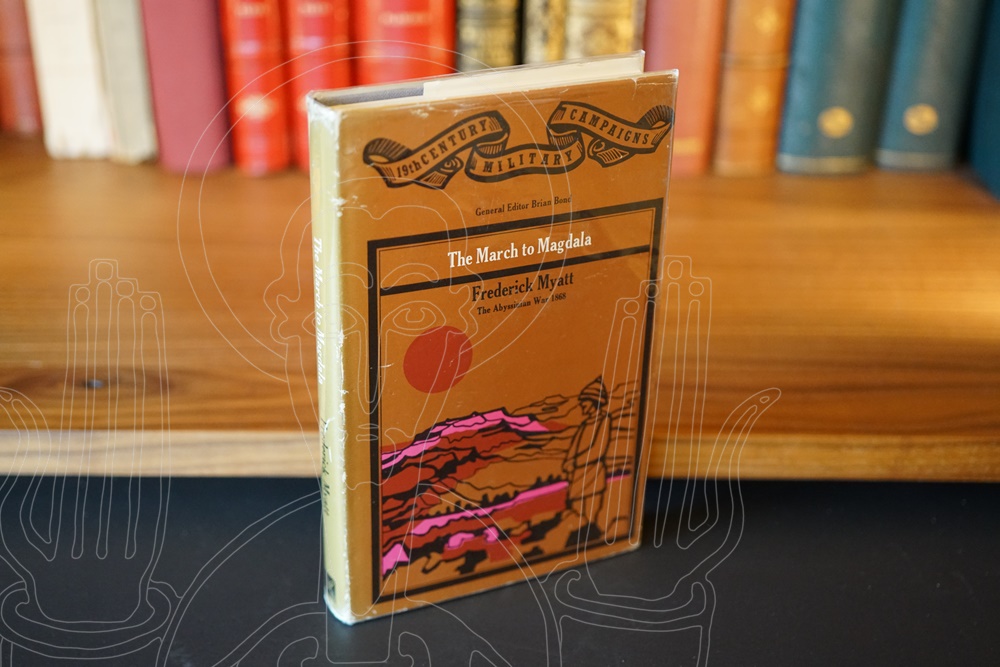

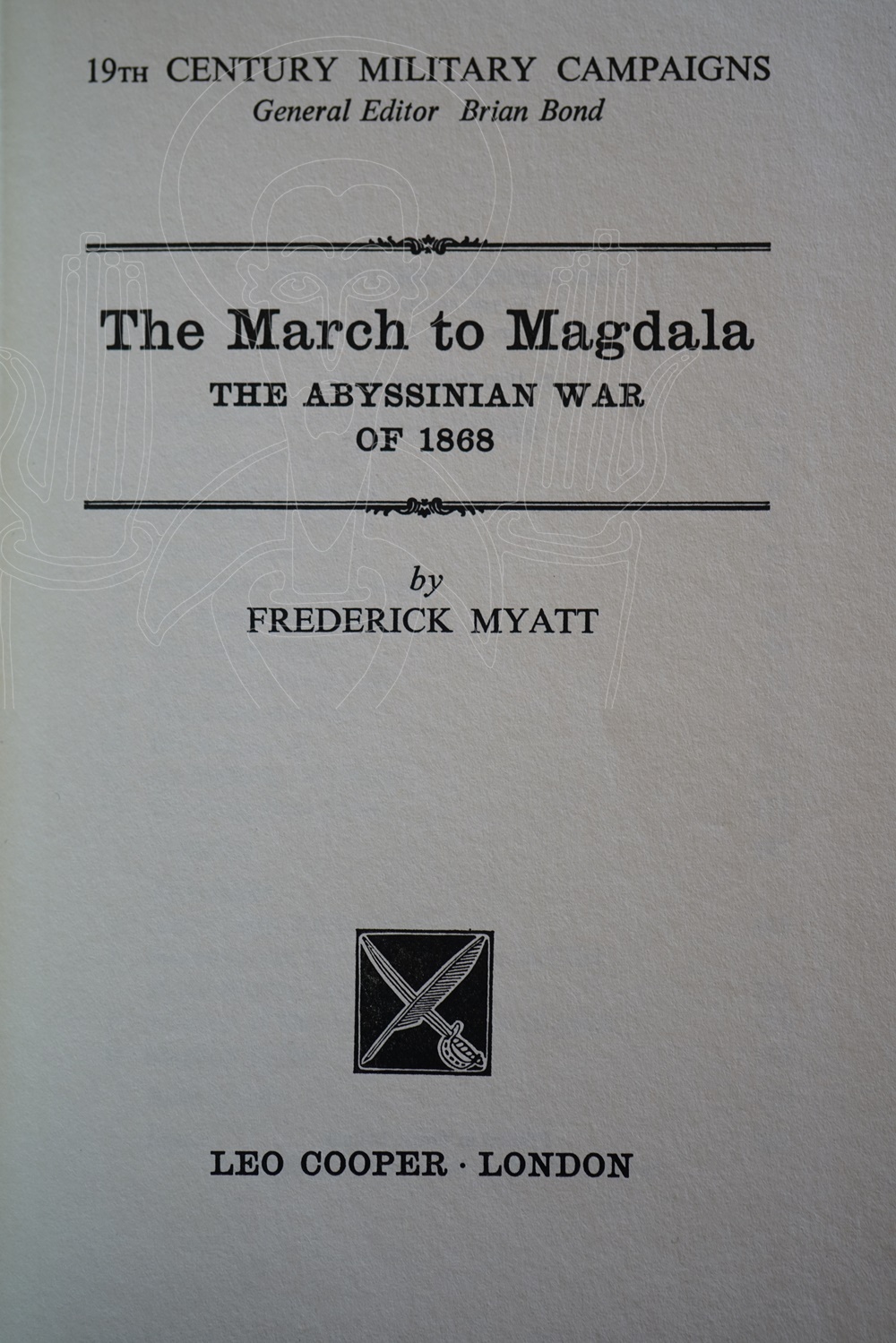
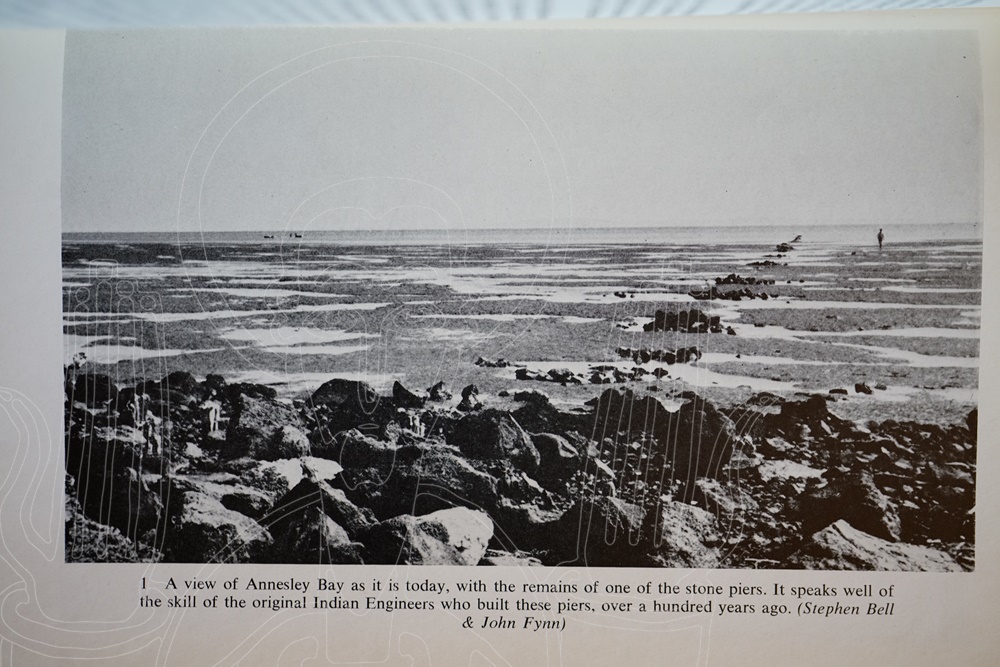
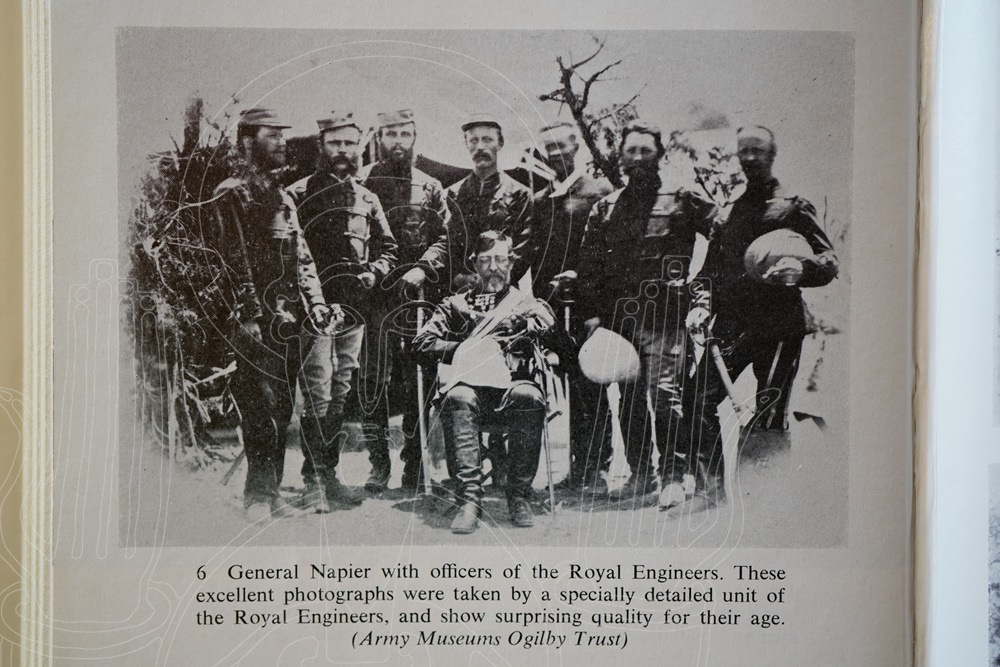
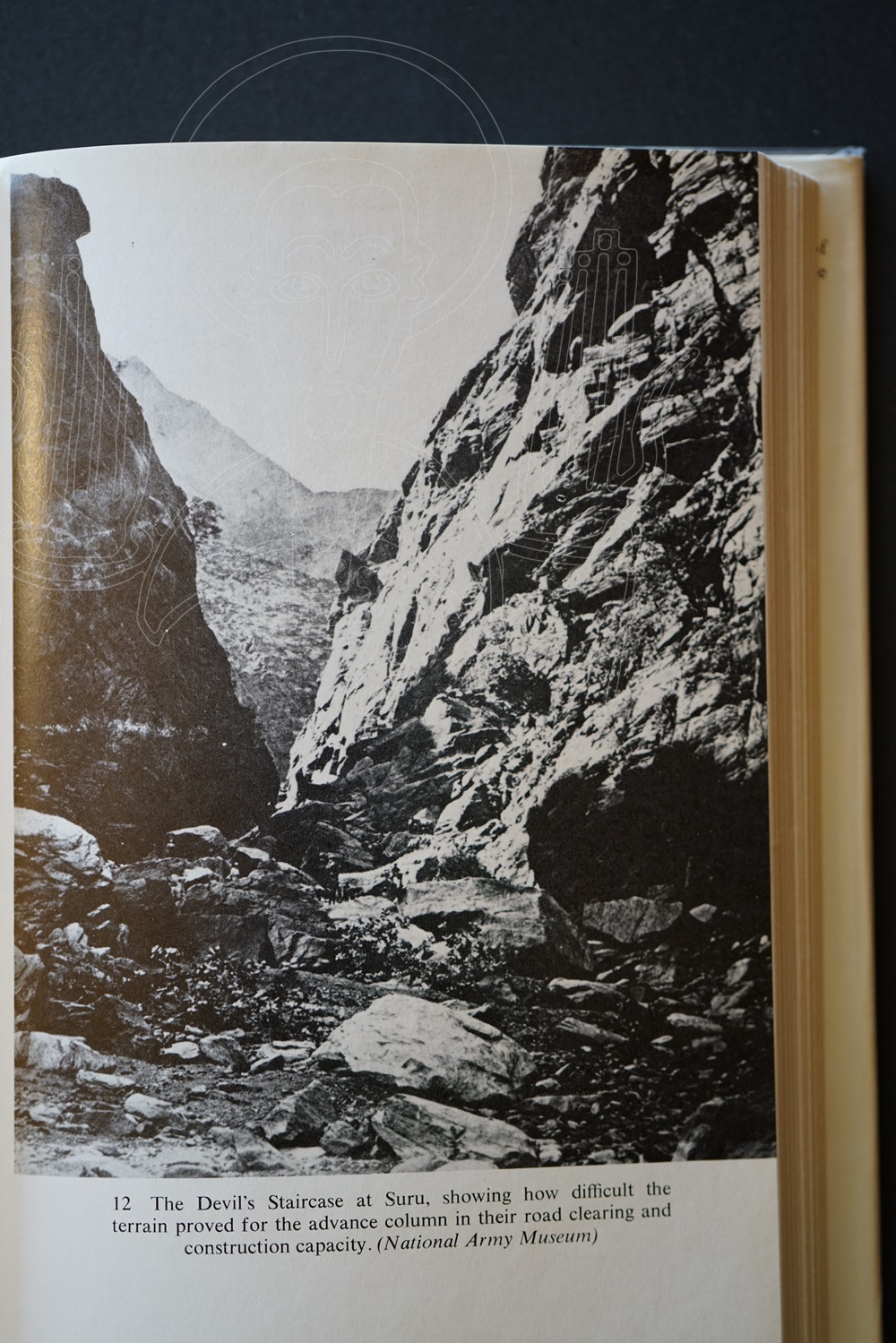
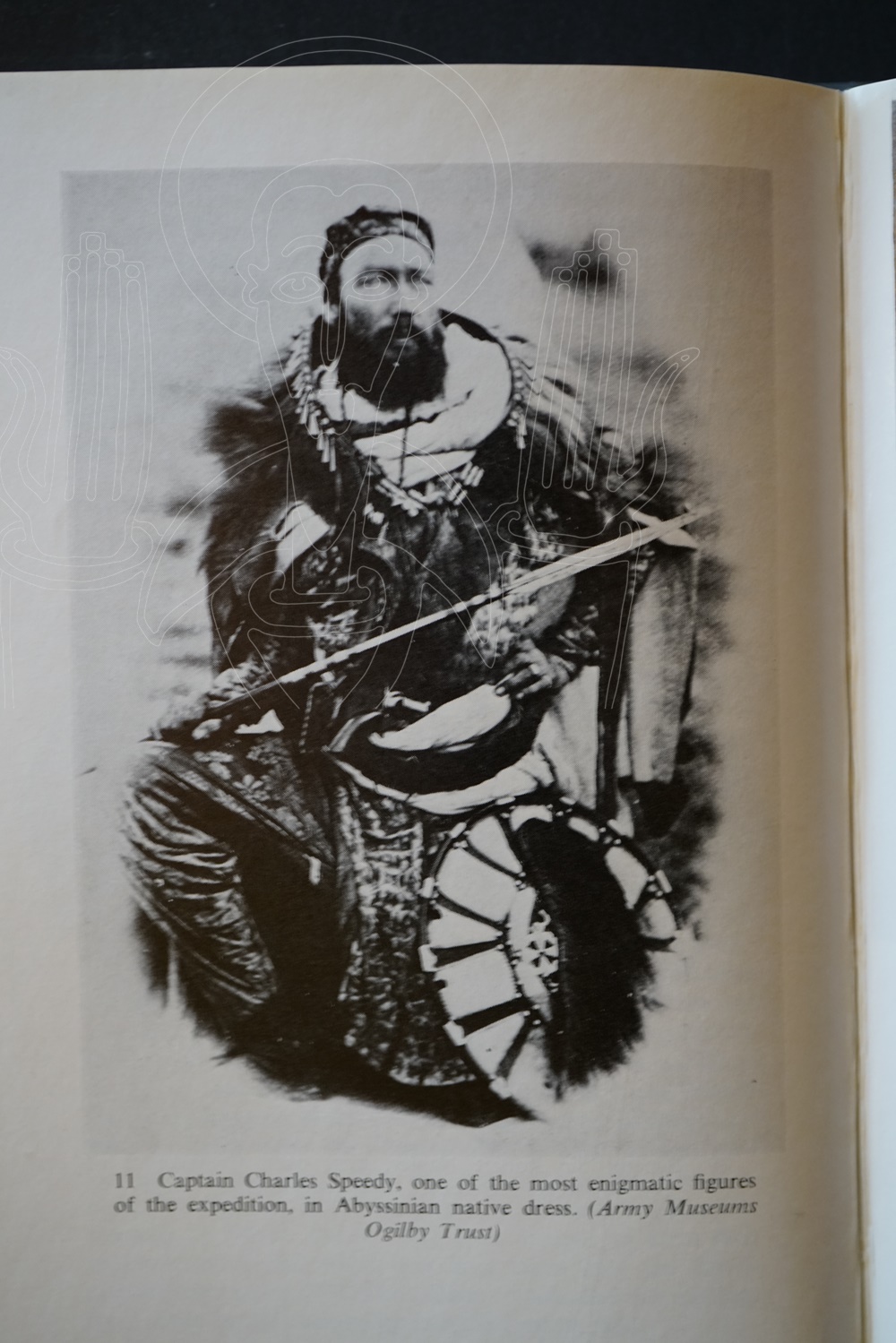
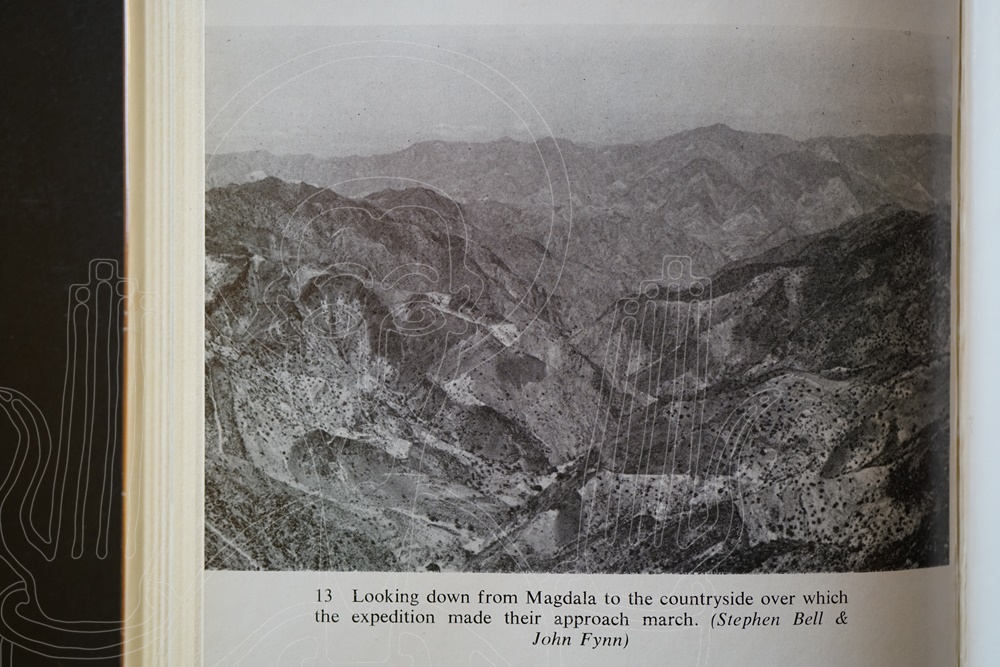
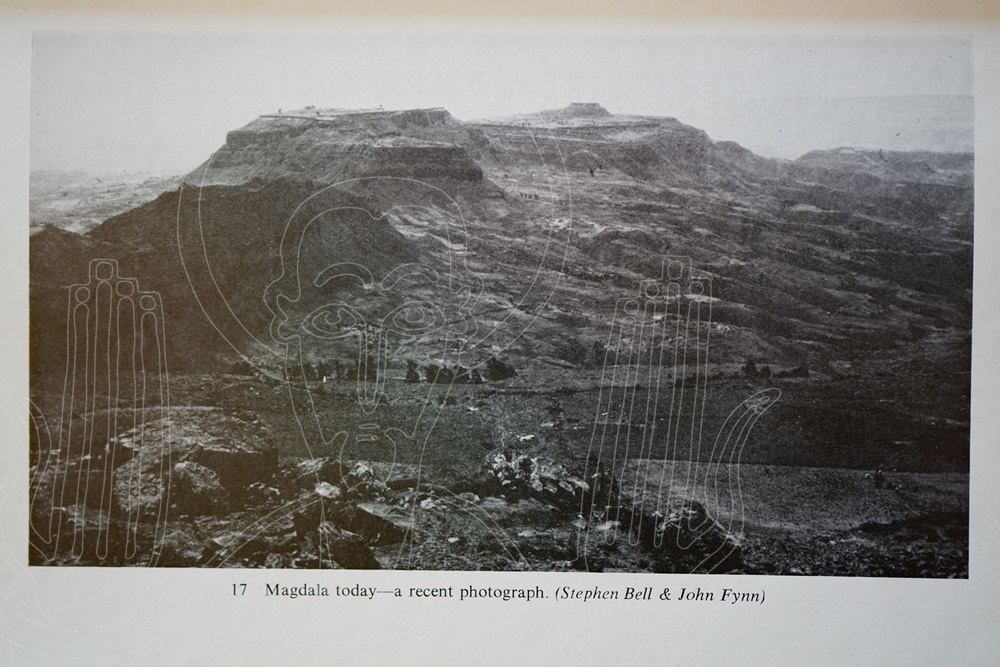
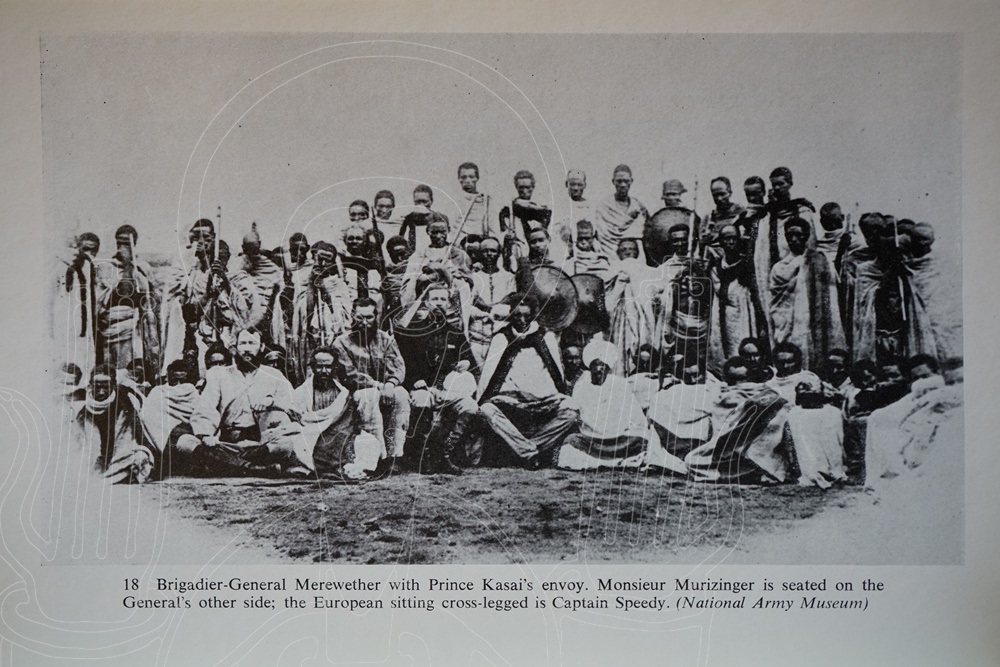
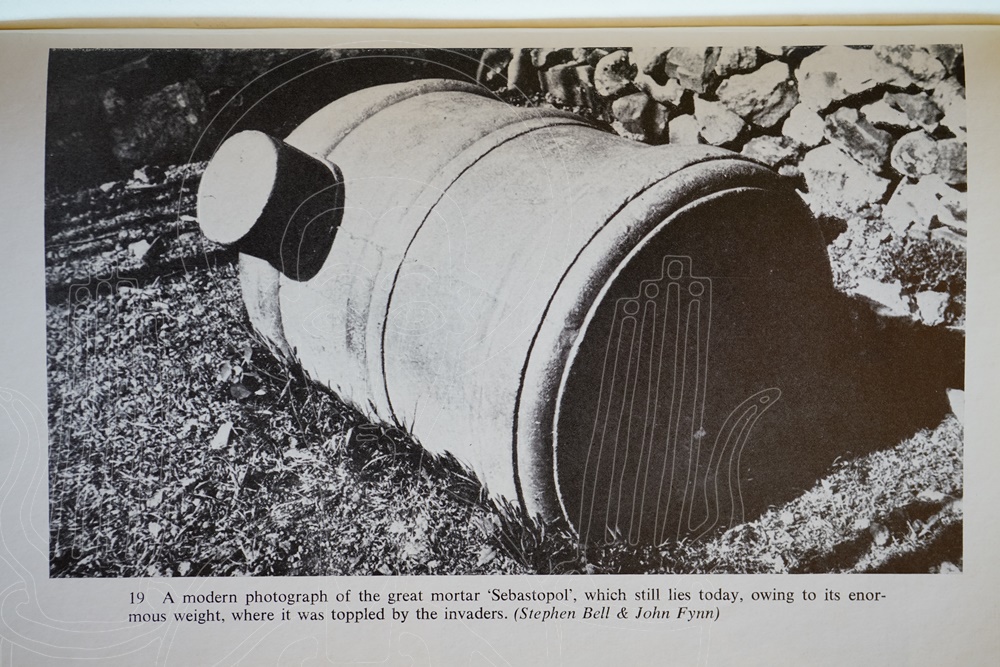
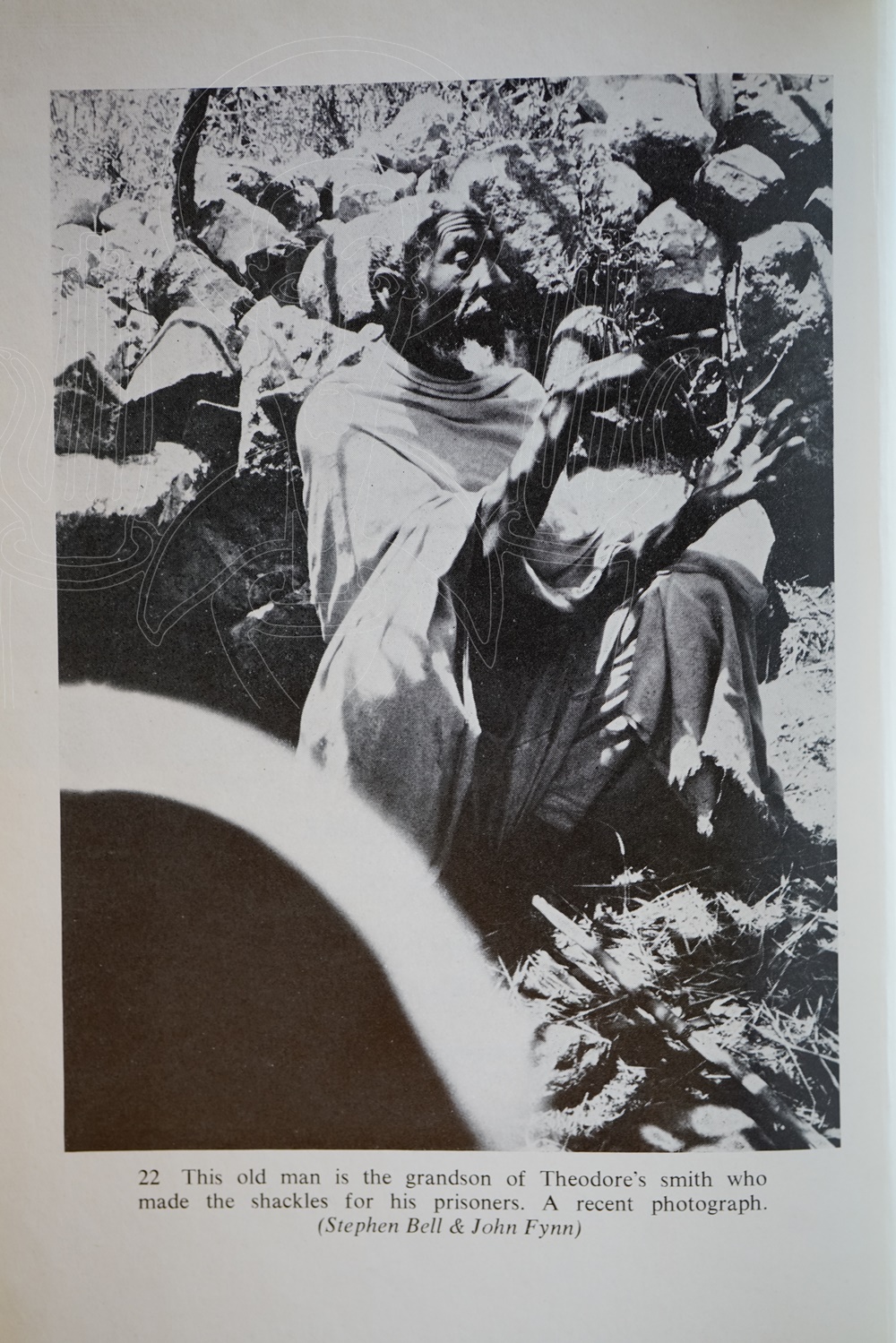
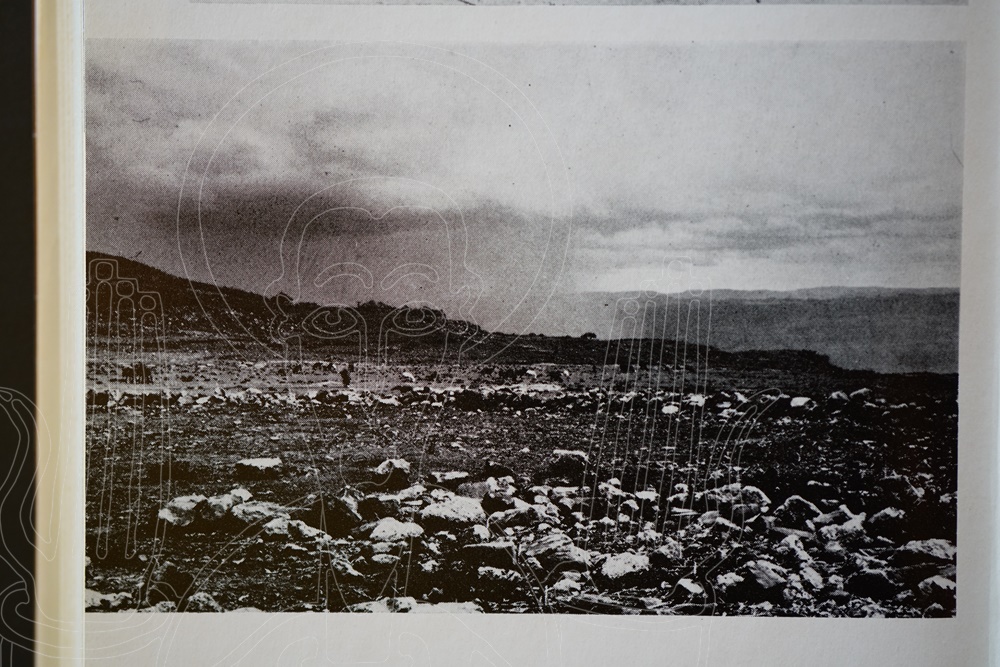
Édition
Éditeur : Leo Cooper
Lieu : London
Année : 1970
Langue : anglais
Description
État du document : bon
Reliure : rigide
Références
Réf. Biblethiophile : 003030
Réf. UGS : 91130000
Première entrée : 1868
Sortie définitive : 1868
COLLATION :
206 p., good condition, with dust jacket.
En savoir plus
Vu par biblethiophile
Entre le retour de l’expédition britannique en Abyssinie et son centenaire, aucune monographie n’a été publiée sur ce fait militaire pourtant mémorable autant pour l’armée que le contribuable britannique. Frederick Myatt, militaire de carrière, est le premier à s’y atteler. Il publie The March to Magdala en 1970, un ouvrage qui se rapproche plus du récit que d’une étude répondant aux règles universitaires. L’appendix D occupant les pages 197 et 198 mérite en mention. Il concerne une excursion certainement plus riche que les deux feuillets publiés que Stephen Bell et John Fynn font en 1968 à Zulla et sur l’itinéraire de l’expédition. Myatt porte à leur crédit quelques photos contenues dans le livre. Où se trouve l’album complet de cette excursion ? La bibliographie est muette. Elle est d’ailleurs on ne peut plus succincte et cette lacune ajoutée à l’absence de citation de source ne peuvent que déranger le lecteur avisé. Malheureusement, il lui faudra attendre neuf années avant que ne paraisse la monographie suivante, celle d’un autre militaire, Darrell Bates, intitulée Abyssinian Difficulty. The Emperor Theodorus and the Magdala Campaign 1867-68. À nouveau il déchantera, car l’auteur ne citera pas non plus ses sources.
À ce jour, l’Éthiopisant est toujours dans l’attente de l’historien éclairé qui mettra le nez dans les archives, pour le coup, bien poussiéreuses. Qu’il n’oublie pas de mettre l’accent sur la recherche des photographies car nous avons hâte de les voir exhaustivement publiées.
Biblethiophile, 31.10.2024
Ce que la jaquette nous apprend
The Emperor Theodore was a soldier of fortune who from humble beginnings had fought his way to the throne of Abyssinia.
He was a militant Christian and in 1863 he appealed to Queen Victoria for her help in launching a great crusade to free Jerusalem from the Turks. The proposal was a somewhat embarrassing one for the ruler of an Empire which numbered millions of Moslems amongst its subjects, so the Government of the day ignored the request completely in the vague hope that this odd and outlandish monarch might forget all about it.
Theodore, whose inherent mental instability was considerably aggravated by his addiction to alcohol, not unnaturally took grave offence at this slight and at once imprisoned and tortured the unfortunate British consul; and when an envoy was despatched to negotiate with him in 1868 he imprisoned him and his party too, upon which the British Government decided, albeit with some reluctance, to send an expedition to release these various captives.
A considerable area of Abyssinia was in more or less open revolt against Theodore so that no great resistance was expected. The administrative problems however, involving as they did the initial establishment of a major base on a bare desert shore, and the subsequent maintenance of a considerable body of men over some hundreds of miles of wild mountains, seemed likely to prove formidable, and the British Army at the time had no great reputation in this respect. Too many people remembered the almost complete collapse of the system in the Crimea a few years before, and there was a considerable body of opinion which anticipated a similar disaster in Abyssinia.
Fortunately Sir Robert Napier, the general selected to command the expedition, was extremely competent, with the result that the operations ended with the capture of the mountain stronghold of Magdala and the dramatic death of Theodore, a resounding success which did much to re-establish the reputation of Great Britain as a military power.
The Abyssinian campaign was particularly notable for the use made of a number of up-to-date accessories; these included steamships, the latest type of water pump, a specially constructed railway, photographic reproduction of maps, breech-loading rifles, and an early form of searchlight, and their employment probably makes it fair to describe the campaign as the first modern one in the history of the British Army.
FREDERICK MYATT is a retired regular officer of the Royal Berkshire Regiment and its successor the Duke of Edinburgh’s Royal Regiment. He spent several years seconded to the Royal West African Frontier Force and won the M.C. while in command of a company of the Gold Coast Regiment in Burma in 1944.
His main hobby is military history, and in particular British military firearms, and he is now curator of the Small Arms Museum at the School of Infantry, Warminster. He also edits the Infantryman, the professional journal of the British Infantry, and runs the School library.
This is his third book, the others being The Golden Stool (an account of the Ashanti War of 1900) and a history of the Royal Berkshires for General Horrocks’ Famous Regiments series. He has also written many articles on military and sporting subjects.
He is married with a grown-up family, and he and his wife live in the Wiltshire village of Longbridge Deverill. His main outdoor interest is shooting.